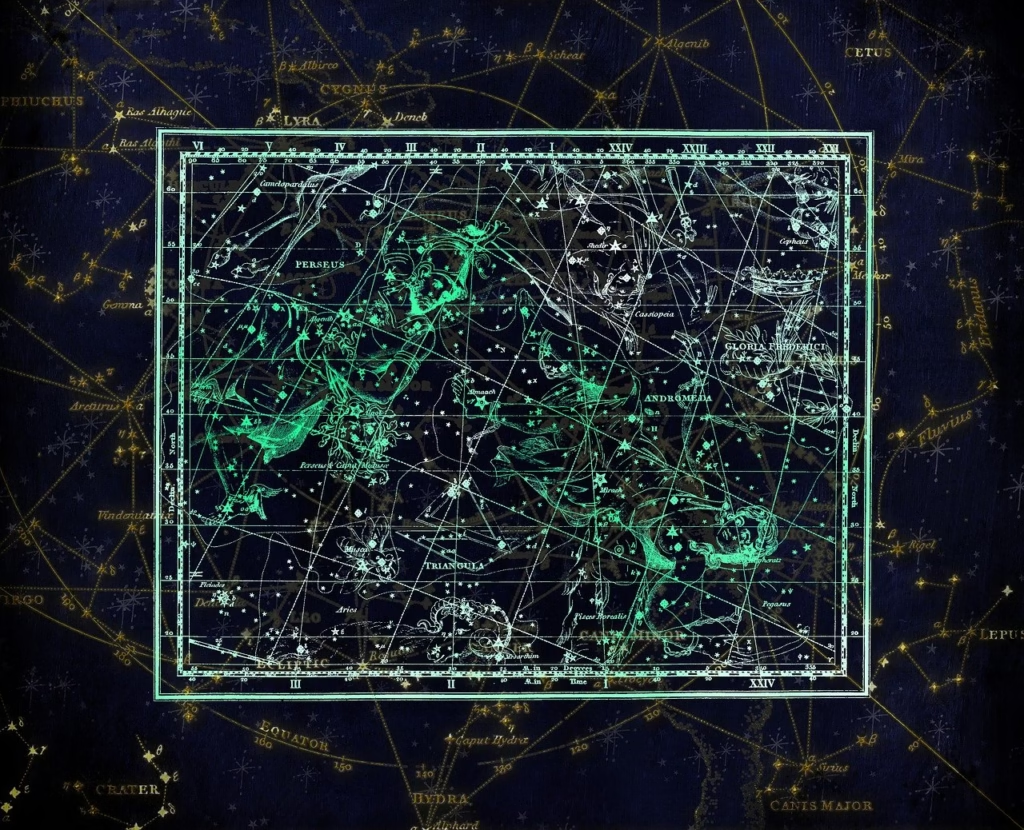Triangulation surveying is a method used in the field of geodesy and engineering to determine the relative positions and distances of points over a given area. It involves creating a network of triangles, where the baseline of one triangle is precisely measured, and the angles of the triangle are observed to calculate the remaining sides. This technique was first introduced by a Dutchman named Sneli and remains a cornerstone of surveying, particularly for challenging terrains.

Suitability of Triangulation Surveying
Triangulation surveying is particularly advantageous in hilly and undulating areas where establishing stations with clear intervisibility is relatively straightforward. However, it is less effective in flat and crowded regions due to obstructed visibility between stations. This limitation can be addressed by building towers, but the associated costs make this solution less practical for many projects. A notable disadvantage of triangulation surveying is the accumulation of errors, as the accuracy of successive lines and directions depends on the calculations of preceding measurements. To counter this, check baselines are incorporated to ensure reliability.
Framework of Triangles
The foundation of triangulation surveying is a series of interconnected triangles. The first triangle is constructed using a precisely measured baseline, which serves as the reference for calculating the other sides and angles. These computed sides then act as new baselines, allowing the surveyor to extend the network over a larger area. By repeating this process, a chain or network of triangles can cover vast regions with high precision.
Operations in Triangulation Survey
The process of triangulation surveying involves several well-defined operations:
- Reconnaissance: Initial planning and observation to determine suitable locations for stations and baselines.
- Station Preparation: Setting up stations with proper visibility and stability.
- Baseline Measurement: Accurate measurement of the baseline, which is critical for the survey’s overall precision.
- Angle Measurement: Observing and calculating angles to determine the triangle’s geometry.
In addition to fieldwork, triangulation involves designing specifications for stations and signals, as well as reducing and adjusting observational data for improved accuracy.
Applications of Triangulation Surveying
Triangulation surveying has a wide range of applications, including:
- Establishing control points for large-scale plane and geodetic surveys.
- Supporting aerial surveys by providing accurately located reference points.
- Precisely locating engineering projects, such as:
- Center lines, terminal points, and shafts for long tunnels.
- Center lines and abutments for long-span bridges.
Triangulation Systems
Triangulation systems consist of interconnected triangles that form a network called a triangulation figure. Common configurations include:
- Triangles: Simple and effective for surveying narrow strips of land.
- Quadrilaterals: More stable and suitable for hilly terrains due to frequent checks.
- Polygons: Economical for surveying wide areas with proportional width and length.
To ensure accuracy, geometric conditions must be met:
- The sum of interior angles in a figure with nn sides should equal (2n−4)×90∘(2n-4) \times 90^\circ.
- The sum of angles measured at a station must be 360°.
- Side lengths calculated via different routes should match.
Types of Figures
- Triangles:
- Advantages:
- Rapid and economical.
- Simple setup for narrow terrains.
- Disadvantages:
- Accumulation of errors.
- Unsuitable for high-order triangulation requiring greater precision.
- Geometric Conditions: Angles must be between 30° and 120° for well-conditioned triangles.
- Advantages:
- Quadrilaterals:
- Advantages:
- Frequent checks improve accuracy.
- Stability provided by square or diagonal arrangements.
- Best Use: Hilly areas with complex terrain.
- Advantages:
- Polygons:
- Advantages:
- High accuracy due to additional checks.
- Best Use: Wide areas requiring extensive coverage.
- Configurations may include pentagons or hexagons with or without a central station.
- Advantages:
Advantages and Disadvantages
Advantages:
- High accuracy due to frequent checks in systems like quadrilaterals and polygons.
- Versatility in challenging terrains, such as hills and uneven land.
Disadvantages:
- Error accumulation, especially in triangular systems.
- High costs associated with addressing intervisibility issues in flat or crowded areas.
Conclusion
Triangulation surveying remains a vital tool for accurately determining distances and positions over vast areas. While its effectiveness depends on the terrain and system design, its adaptability and precision make it indispensable for many engineering and geodetic applications. By minimizing errors and adhering to geometric principles, triangulation surveying provides a reliable framework for modern surveying challenges.
